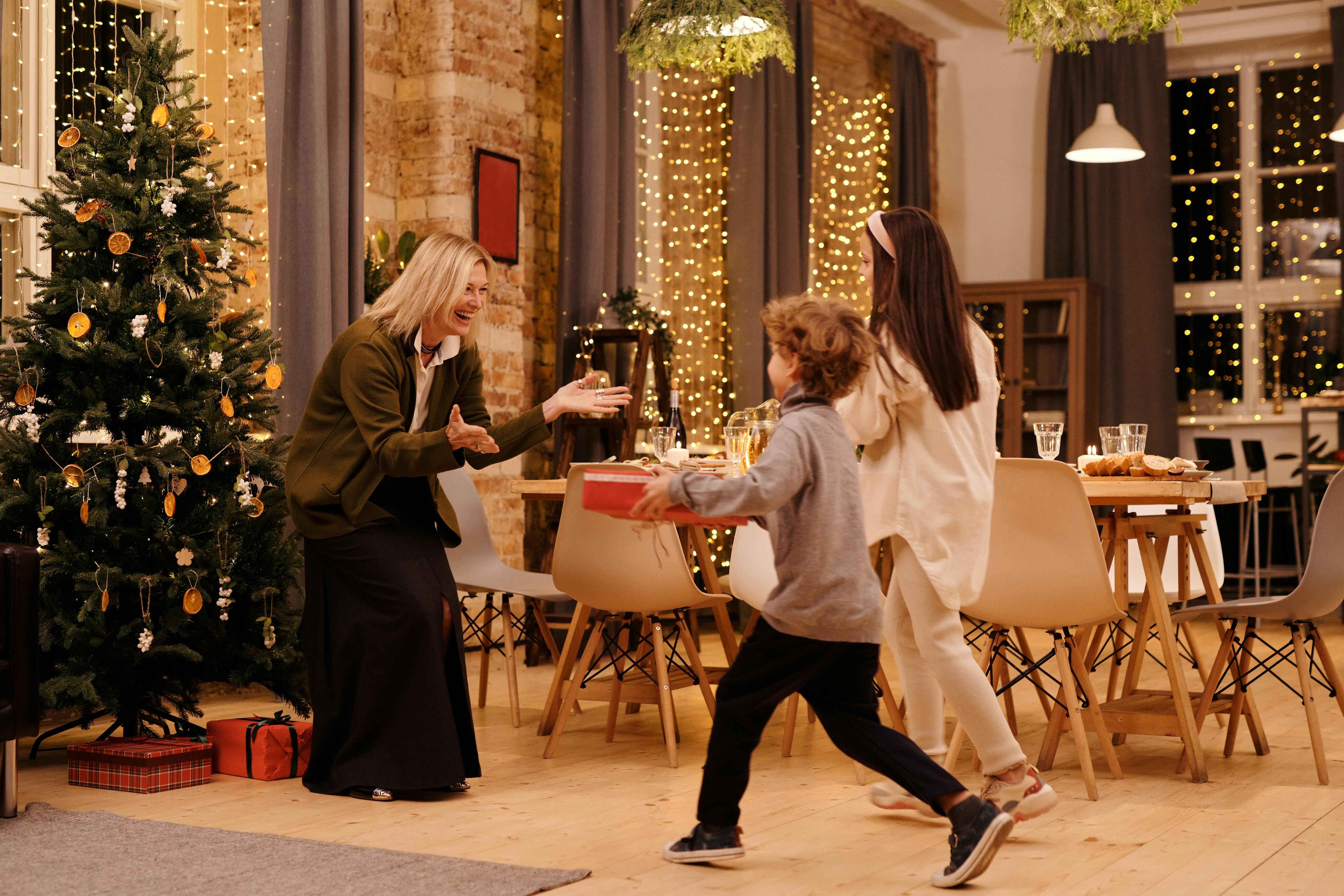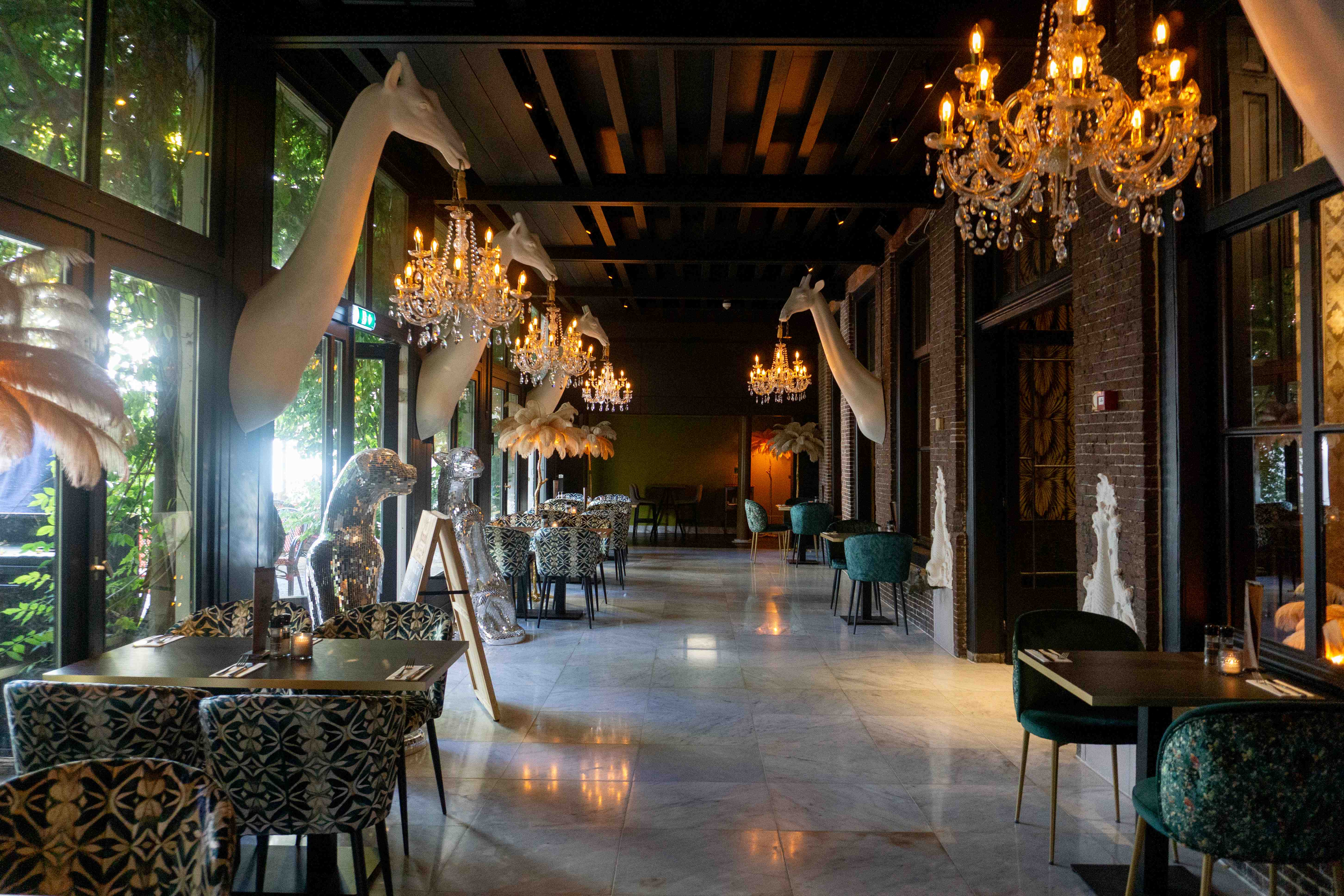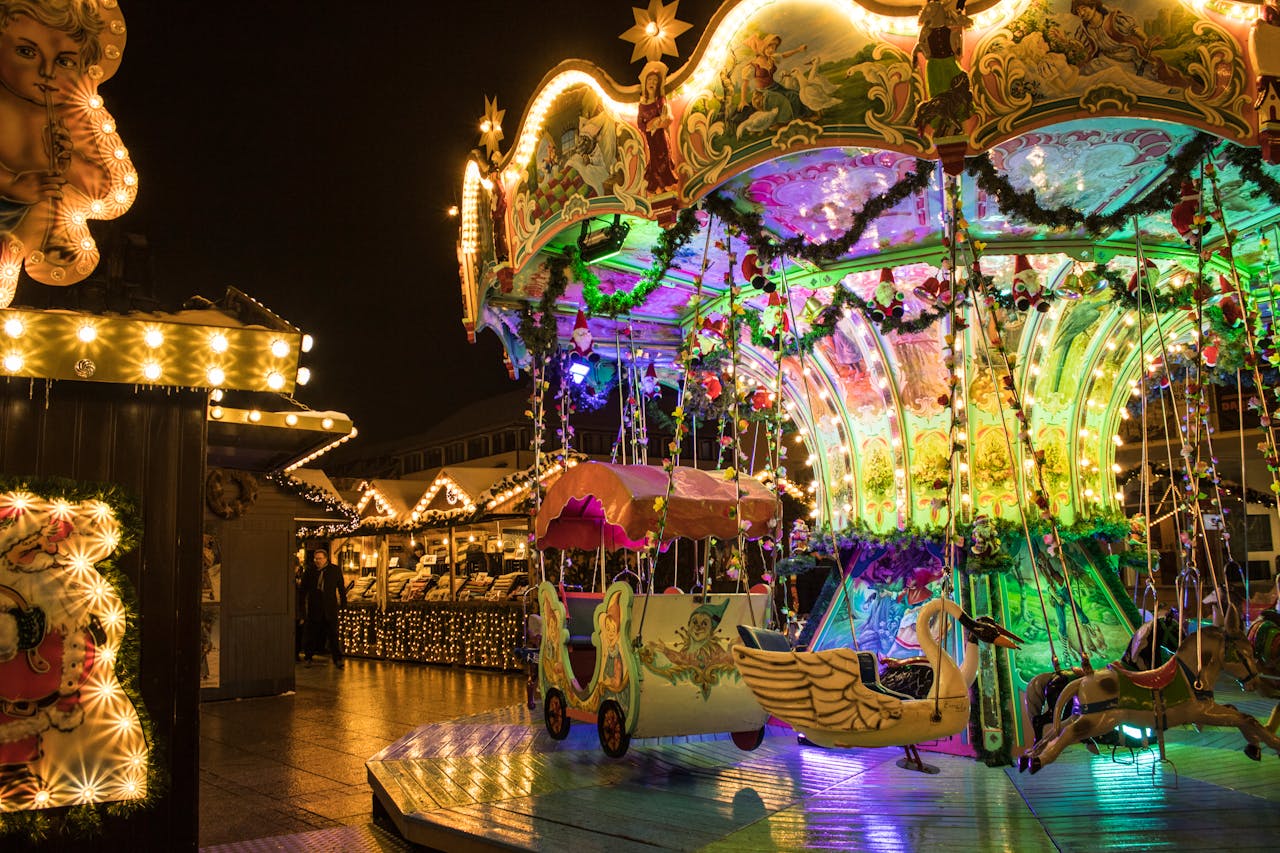
Rensumaborg, originally built on a 16th-century stone house, was first mentioned in 1623, when Willem Fockes rented the estate. The exact appearance of the stone house in the 16th century is unknown, as is the origin of the borg’s name. In the mid-19th century, the manor was rented out and served as a horticultural school for some time. Today, the borg is privately inhabited.
The Alberda family acquired the manor in 1695, along with the surrounding lands. Under the leadership of Onno Tamminga van Alberda, the manor was extensively renovated in 1700. Egbert Alberda, who completed the restoration in 1753, also had a treasury house built, which has since been lost.
After more than one and a quarter centuries of ownership by the Alberda family, the borg was sold in 1829 to Oncko van Swinderen. He renovated the manor to its current form, plastering the walls, similar to the Fraeylemaborg. The Van Swinderen family owned the estate until 1974.
The outbuilding of Rensumaborg houses a coach house and kitchen, where a 17th-century fireplace and an 18th-century china cabinet can be seen.
The interior of the borg contains several notable features, including the special marble fireplace in the Empire style in the “Yellow Room” on the right side of the house. The old cellar and wine cellar are also still present and accessible.
The gardens surrounding Rensumaborg are designed in the style of landscape architect Renske Titia Boon, who restored the garden in 1996. The estate, initially 3 hectares in size, has since expanded to 21 hectares and is open to the public. In the spring, beautiful stinzen plants bloom around the manor, covering the driveway and surrounding ditches with vibrant colors.




